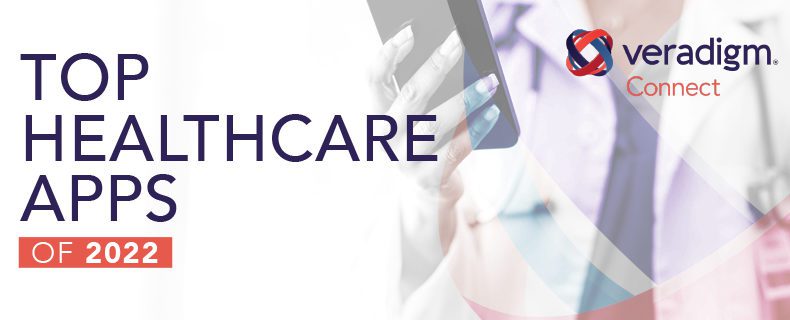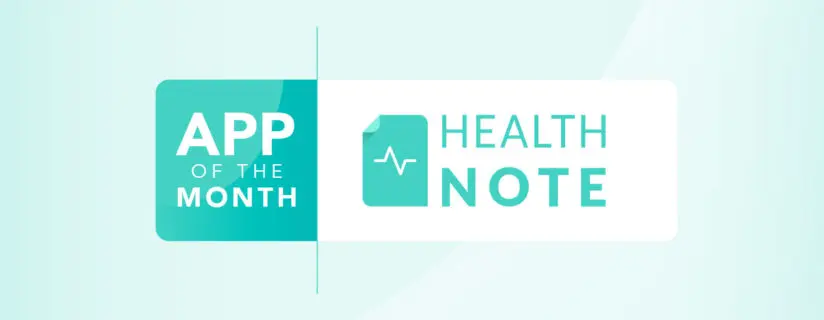Blog Posts
2030 vision: Looking toward the future of interoperability


What does your hospital or practice look like ten years from now? What will it take to get there? As provider organizations ponder these questions, the Office of the National Coordinator for Health Information Technology (ONC) is exploring how health IT will further transform the future of care. The agency recently launched the Health Interoperability Outcomes 2030 initiative and invited stakeholders across the industry to forecast what advanced interoperability will enable before the next decade.
Allscripts has maintained an EHR-agnostic open architecture and culture since 2007, propelling us forward as an interoperability pioneer and leader. Based on that experience, a group of our company leaders convened recently to talk about the ONC 2030 initiative; below, I share some of the ideas they came up with regarding what interoperability will look like by 2030, as well as the possibilities that can be realized from unencumbered data exchange.
What will interoperability look like?
Looking back at the rapid evolution of interoperability over the last two decades, we can expect to see even more standardization around data transmission and consumption, as well as greater adoption of these standards through 2030. Because of enhanced interoperability capabilities required of different EHR systems, patient data will no longer be confined to the four walls of any one provider organization because of system incompatibility. Advanced interoperability will smoothly enable connections between health information networks, ensuring providers can tap into a patient’s data wherever she receives care. And as patient data flows more freely within the broader healthcare system, progress with data provenance standards will instill end-user trust in the information before them.
We know interoperability is key to seamless workflows and good health outcomes. Let’s explore the promising opportunities it will unlock by 2030.
Building Open, connected communities of health. For everyone.
By the next decade, interoperability will give healthcare professionals the efficiency desired they desire today. Transferring information from one EHR to another will no longer be a headache. Data will be mapped and made usable automatically with artificial intelligence, saving valuable time and resources. For example, better data mapping will remove burdens associated with patient matching and identification in information exchange—a win for patient safety. We see a bright future where people can focus on higher value tasks rather than the mundane, where more time is spent with patients, not technology.
In addition to more efficiency, we will see greater connectivity across healthcare as information exchange volumes continue to increase. Adoption of application programming interface (API) standards will enable EHRs to interoperate with apps and connected devices. Care delivery will shift from the hospital to the patient’s home and alert his care team in real time when necessary. Virtual and augmented reality technology will transform care delivery as we know it, raising telehealth to new heights. Bringing acute-level care to patients through technology will enable them to comfortably recover from procedures at home, as well as age in place. The COVID-19 pandemic has made the idea of in-home care more acceptable to patients and providers alike. Interoperability will make it happen.
Improved interoperability will not only support the use of technology, but also accelerate the pace of clinical research through extraction of real-world data in EHRs. This interoperable data will give research teams an inclusive, representative view of patients in the U.S., contributing to a more equitable care experience for all. As therapeutics and devices go to market, FHIR-based clinical decision support (CDS) hooks will point clinicians in the EHR to newly determined best practices, much of it based on real-world data derived from EHRs. And as just one example, the COVID-19 vaccine has shown us just how critical time can be with respect to research and development.
As interoperability progresses domestically, barriers to data exchange between different countries will also come down. Standards adoption across international borders will increase data liquidity, allowing for better transport of public health data for the good of patients around the world. The pandemic has shown us that while healthcare is local, it is also global. As a global health IT leader, Allscripts believes that good healthcare anywhere is good for healthcare everywhere.
Forging ahead
The future of interoperability we envision is aspirational yet attainable. Allscripts is committed to working with our clients, technology partners and policymakers to achieve this vision. Together, we can create a better healthcare system for all.












